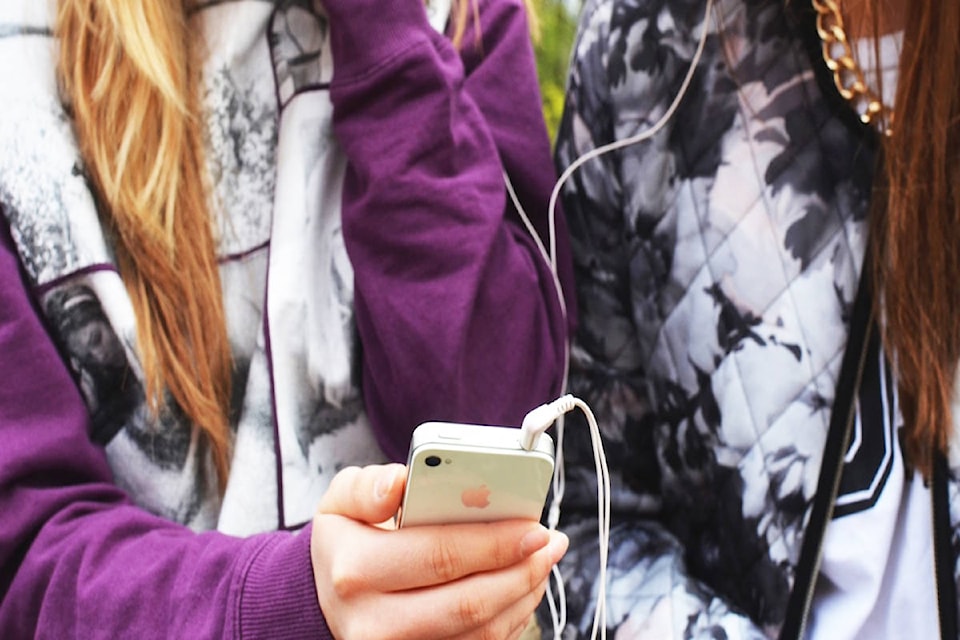Drop by any Canadian secondary school and what you’re likely to see are cell phones. Lots of them.
A recent study by the non-profit organization, MediaSmarts, showed that, at a secondary school level, more than 90% of students had their own cell phones (even a quarter of nine- and 10-year year old students had their own device).
But this year, students arriving at Revelstoke Secondary School were met with a new policy that states that all personal devices, including cell phones and tablets, must be turned off during classes.
“The staff got together and talked it over and looked at some of the research on the topic and we decided that it was something we had to do,” said Vice Principal, Jodi Wallach.
“Up until this year we really left it up to individual teachers to decide whether they would allow cell phones to be on during class. In some cases there was the thought that the devices had good potential for educational benefit, but the reality was that, most of the time, the negative use of the phones outweighed the benefit.”
The school will still permit teachers the right to allow cell phone use in specific circumstances, but more often teachers will opt to pick up the cache of iPads available at the school for educational use.
“I teach a math class and from time to time I’ll pick up the iPads for use in the class, but those units are not connected to the student’s text messaging or other apps available on their phones so it takes some of that pressure off,” explained Wallach.
And make no mistake about it, there is pressure. Wallach has seen that social pressure first hand as students, receiving a text message or post on social media feel compelled to respond immediately.
Principal Greg Kenyon, believes that today’s students are as much digital citizens as they are citizens of the real world and that in the past it was only a minority of students who had a real problem with responsible use of the devices in the classroom. Still, he is fully supportive of the new approach.
“The thing is that, with this new policy, we’ve had very little push-back. That minority of students who were having the real problems had expressed to me that they’ve only now realized how distracted they had been by their device use during the school day.”
Kenyon cites a recent study that showed that, of the students who were regularly using electronic devices in school, 90 percent of that use was for recreational purposes, and that usage occupied as much a s 20 per cent of class time.
“It’s a good change. We’re already seeing the benefits,” said Kenyon.
Another issue facing schools in regard to their students’ digital universe is the problem of fake news.
It’s not a new phenomena. In 1835 the New York Sun ran a series documenting life on the moon (Goodman, 2010) and the editors, who thought the joke would be immediately identified were surprised that many readers believed it.
With social media and the internet in general, the proliferation of inaccurate or downright false information has led educators like Kenyon to have some concern, but he explained that the school has already taken steps to provide the 390 students at the school with the critical thinking skills they need to differentiate fact from fiction.
“Rather than having a single subject area to deal with this problem, we apply it across most of our classes. It gets discussed in social studies, science classes, even English classes examine the true meaning behind the words. In general, we’re equipping our students with skills to conduct their own smell test on what they see on-line.”
